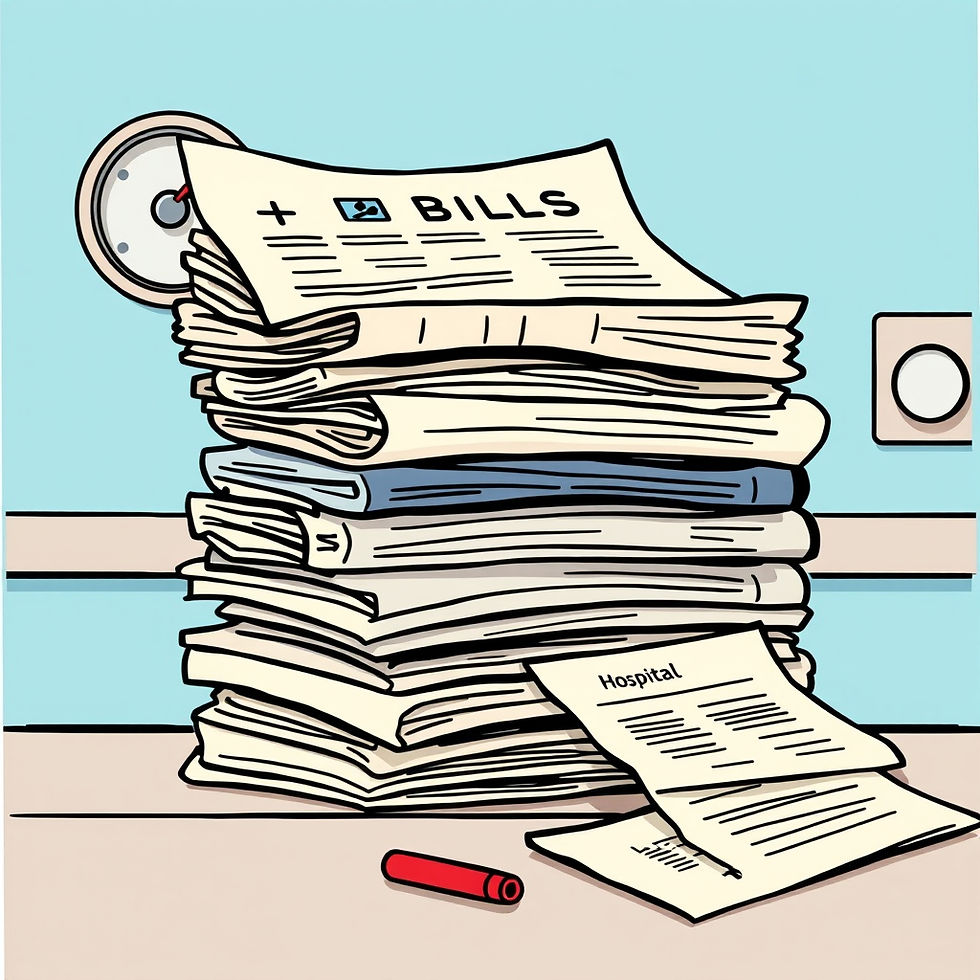Best Practices for Marketing a Financial Assistance Program for Patients
- Stanley Hastings
- Jun 11
- 2 min read

In the complex landscape of healthcare, providing financial assistance programs is a crucial step for hospitals to ensure that individuals with limited means can access necessary medical care. However, the effectiveness of these programs relies heavily on how well they are communicated and marketed to the target audience. This article explores the best practices for marketing a financial assistance program for patients, aiming to enhance awareness, accessibility, and utilization of these crucial services.
1. Clear and Compassionate Communication:
Start with a clear and empathetic message that conveys the hospital's commitment to ensuring healthcare access for all, regardless of financial circumstances.
Use plain language to explain the financial assistance program, avoiding jargon that may confuse or intimidate potential applicants.
Emphasize confidentiality and reassure patients that seeking financial assistance is a common practice aimed at supporting their well-being.
2. Multi-Channel Outreach:
Utilize a mix of communication channels to reach a broad audience. This may include traditional methods such as posters, brochures, and signage within the hospital, as well as digital channels like the hospital website, social media platforms, and email newsletters.
Collaborate with community organizations, local clinics, and social service agencies to extend the reach of your messaging to diverse demographics.
3. Targeted Outreach to Vulnerable Populations:
Identify and specifically target populations that may be more vulnerable to financial barriers in accessing healthcare. This could include low-income communities, elderly individuals, or those with chronic health conditions.
Tailor marketing materials to address the unique concerns and needs of these target populations, demonstrating a deep understanding of their challenges.
4. User-Friendly Application Process:
Simplify the application process for financial assistance. Provide clear instructions and make applications available in multiple languages to accommodate diverse linguistic needs.
Offer assistance services, such as dedicated helplines or in-person support, to guide individuals through the application process.
5. Education for Frontline Staff:
Train hospital staff, particularly those in patient-facing roles, to effectively communicate information about the financial assistance program.
Ensure that staff is aware of the application process, eligibility criteria, and the importance of treating financial assistance inquiries with sensitivity and respect.
6. Highlight Success Stories:
Share success stories of individuals who have benefited from the financial assistance program. Personal narratives create a connection with potential applicants and build trust in the program's efficacy.
Feature testimonials in marketing materials, on the hospital website, and in local media to showcase the positive impact of the program on the community.
7. Regularly Evaluate and Update Marketing Strategies:
Conduct regular assessments of the marketing strategies to gauge their effectiveness.
Collect feedback from applicants and make adjustments to address any barriers or challenges identified in the application and outreach processes.
Conclusion:
Effectively marketing a financial assistance program for patients is essential for ensuring that those in need are aware of and can access these vital services. By employing clear communication, targeted outreach, and user-friendly processes, hospitals can empower individuals to seek the financial support they require, ultimately improving health outcomes and fostering a sense of community well-being.
.png)




Comments